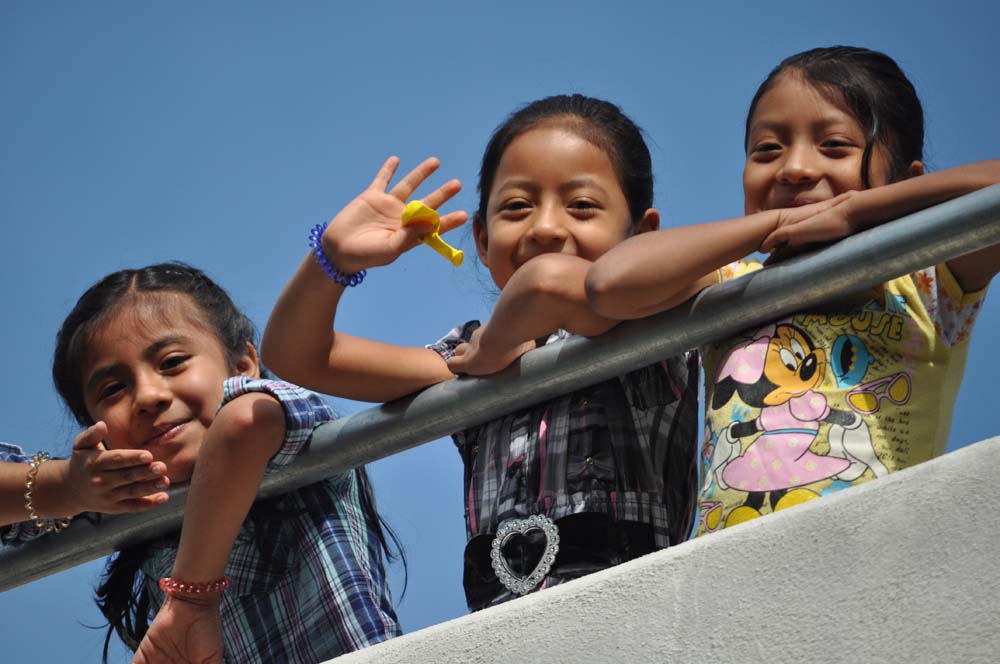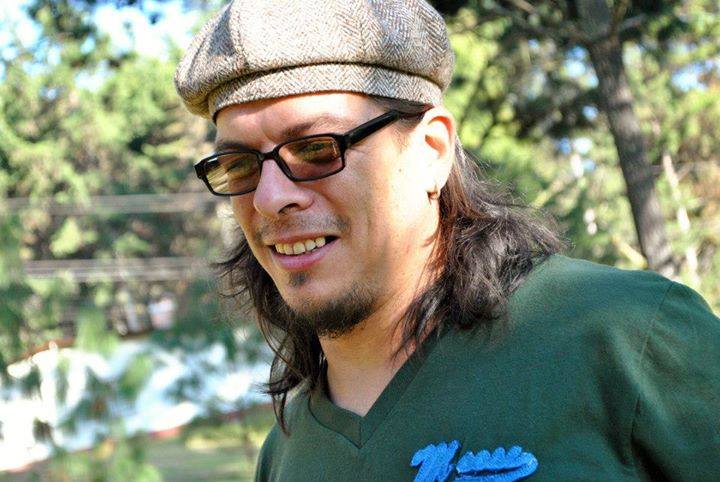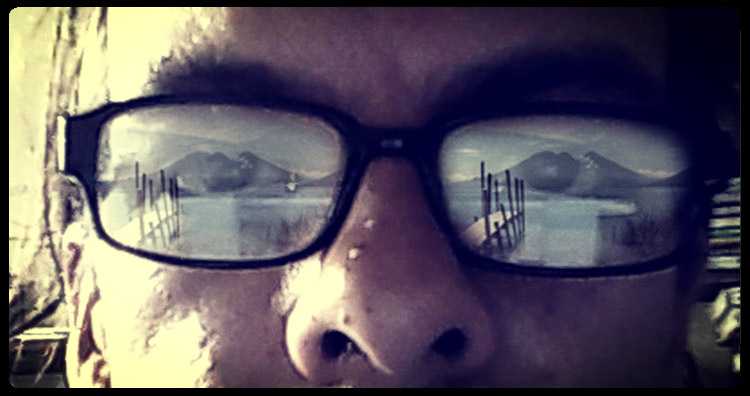
The national newspaper Prensa Libre recently published an article about Escuela Caracol and our pedagogic method.
We reproduce the text below. You can also read the entire article here.
Escuela utiliza sistema pedagógico Waldorf
Helen Estrella Celeste Porón Cuc, de 8 años, sale temprano de su casa, en San Pablo La Laguna, Sololá, para ir a la escuela Caracol, donde cursa segundo primaria. Camina hacia el establecimiento, a un kilómetro de su vivienda, en San Marcos La Laguna. Como las clases empiezan a las 8 horas, la niña toma mototaxi si va retrasada, ya que no le gusta faltar ni llegar tarde.
En la escuela Caracol, Celeste Porón comparte clases con 48 niños de comunidades de varios municipios de Sololá, que hablan kaqchikel, tz’utujil o k’iche’, y con hijos de extranjeros de Estados Unidos, Francia, Alemania, España y otros países de Europa que radican en Sololá.
La pluriculturalidad que se vive en la escuela Caracol no es su única peculiaridad, algo que la distingue del resto de establecimientos del país es también que es la única donde se práctica el sistema pedagógico Waldorf, que al contrario del sistema educativo tradicional, no es jerárquico, dirigista ni competitivo.
Sistema novedoso
El sistema Waldorf estimula la libertad, creatividad y el conocimiento desde una perspectiva integral y holística. Los niños relacionan lo aprendido con la propia experiencia, para lo que utilizan cabeza, corazón y manos.
El director de la escuela Caracol, el estadounidense Joshua Wilson, detalló que el sistema que utilizan es diferente: “Vivimos en una era de información. Todas las respuestas están a unos clics de distancia. Saber la respuesta correcta no es lo importante. La pregunta importante no es ¿qué sabes? Lo importante es ¿quién eres?”.
Wilson indicó que el sistema se enfoca en las preguntas: “¿Eres una persona que sabe manejar la información, cómo aplicarla de manera efectiva y responsable?”.
Según Wilson, otros cuestionamientos que deben responderse son: “¿Eres una persona con confianza en sí misma para manejar la vida con la voluntad de hacer algo, de producir algo? ¿Eres una persona que puede ver varios lados de un problema? ¿Una persona que puede seguir aprendiendo? ¿Eres una persona que se siente responsable al mundo, que cree en un mundo mejor, que puede imaginar un mundo mejor, y que se siente que puede tomar un papel en este mundo?”.
El maestro Erbin Samuel Quiacaín Sajvín contó que cada docente hace su propio currículum, y los niños elaboran sus propios libros, de acuerdo con la necesidad en el aula.
Las evaluaciones se llevan a cabo de manera técnica y con métodos de observación, para determinar el desarrollo del niño en su manera de expresión, aprendizaje, forma de actuar y relación con los demás.
La maestra Sandra Pérez, maestra cakchiquel, indicó que son ocho docentes y a los niños de primaria se les imparte danza, música, arte, jardinería, educación física, matemáticas y los idiomas inglés, español y kaqchikel.
Los alumnos locales son becados hasta en 97 por ciento, mientras que los extranjeros pagan colegiatura completa.
La administradora Mercedes Franco comentó que los padres de familia interactúan con sus hijos. “No solo vienen a inscribir a sus hijos, sino deben mantenerse cerca para participar en el desarrollo estudiantil”.
Manuel Tuch Sancoy, padre de familia, expuso que la educación que recibe su hijo es distinta a la que él recibió y tiene más enfoque en la naturaleza.
Trayectoria
Siete años
La escuela Caracol está aprobada por el Ministerio de Educación y es una de las más de 900 que utilizan la pedagogía Waldorf en 83 países, la cual fue promovida por el austriaco Rudolf Steiner.
El director Joshua Wilson recuerda que la escuela fue establecida en Guatemala en el 2007 por él y su esposa, Corina, con el apoyo de Nicolás Sacach Mendoza, albañil; Amarilis Sancoy, cocinera, y Andrea Arrivillaga, quien este año se gradúa como la primera maestra guatemalteca Waldorf. Para más información consultar el sitio www.escuelacaracol.org




